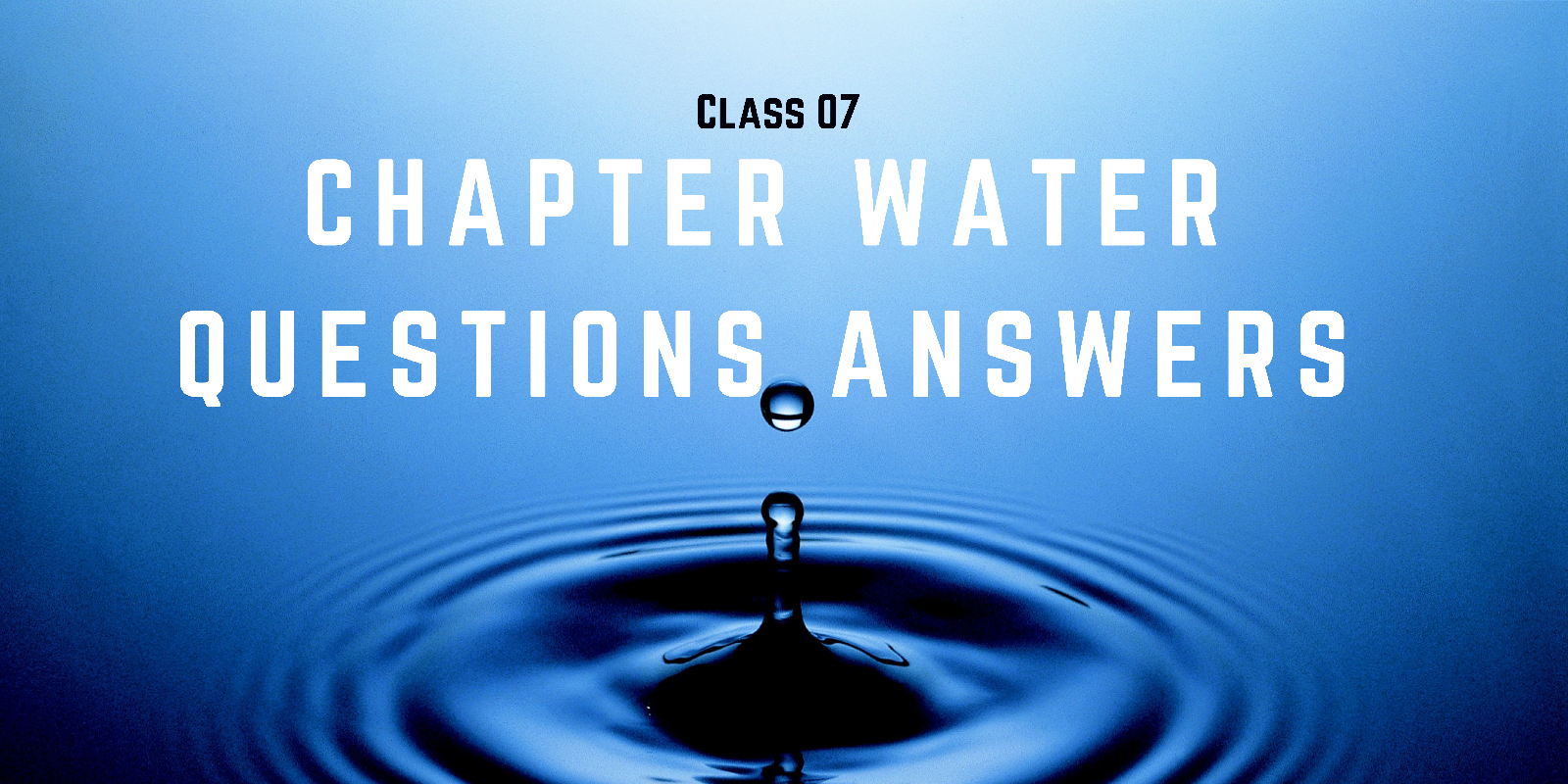Q. Why are we left only tiny fraction of water for use even if about 75 % of the earth surface is covered with water.
Ans: This is because most of the water about 97% of surface water is in sea and ocean as salty water that is unfit for domestic and agricultural use.
Q. What are the various uses of water?
Ans: Water is used for various activities such as agriculture, industries, cooking, cleaning utensils,
bathing, washing clothes, and, most importantly, for drinking.
bathing, washing clothes, and, most importantly, for drinking.
Q. What are the three state of water?
Ans: There are three states of water
a. Solid state: ice, snow and hail b. liquid: Rain, river, sea
a. Solid state: ice, snow and hail b. liquid: Rain, river, sea
c. Gaseous: Water vapour
Q what is water cycle?
Ans: The circulation of water from atmosphere to the earth and vice versa is called the water cycle.
Q.What is evaporation?
Ans: The water present on the surface of the ocean evaporates by the sun’s heat. This process of conversion of water from liquid state to vapour state is called evaporation.
Q what is transpiration?
Ans: The excess water in plants evaporates through stomata of leaves and the stem into the air. This process is called transpiration.
Q. How cloud is formed?
Ans: The evaporated water above the earth surface is carried away by warm air. As the warm air moves higher from the surface of the Earth, it starts to cool down. It is because the water vapour present starts to condense to form tiny water droplets. These droplets float in the air and form cloud
Q. What is precipitation?
Ans: When clouds rub together heat is produced that melt the cloud into droplets. These droplets collect to form bigger drops of water. Some of them may become too heavy fall down as rain. This process is known as precipitation.
Q .What do you mean by infiltration?
Ans: The water from rain, rivers, lakes and ponds seeps through the soil and fills the space below the ground. The process of seeping of water through the soil is called infiltration
Q. What do you mean by aquifer?
Ans: Some places groundwater is stored between layers of hard rock. This is called aquifer. Water from aquifers is pumped and taken out through hand pumps and tube wells.
Q. How can we conserve water?
Ans: Water conservation is process of preventing wastage of water, using water carefully and recharging ground water. Water conservation can be done by :-
i) Repairing leaking pipes and taps.
ii) Not wasting water during brushing teeth, shaving, bathing, washing clothes and during other activities.
iii) Rainwater harvesting.
iv) By drip irrigation of plants.
i) Repairing leaking pipes and taps.
ii) Not wasting water during brushing teeth, shaving, bathing, washing clothes and during other activities.
iii) Rainwater harvesting.
iv) By drip irrigation of plants.
Q. Fill in the blanks with the appropriate answers:
(a) People obtain ---------through tube wells and hand pumps.[groundwater]
(b) Three forms of water are solid, liquid and ---------[vapour.]
(c) The water bearing layer of the earth is ----------[ aquifer]
(d) The process of water seepage into the ground is called ---------[ infiltration.]
(e) The process of changing of water into its vapour is called---------[ evaporation.]
(f) The process of changing water vapour into water is called ---------[condensation.]
(g) No rainfall for a year or more may lead to ---------- in that region.[drought]
(h) Excessive rains may cause --------- [flood.]


Comments
Post a Comment